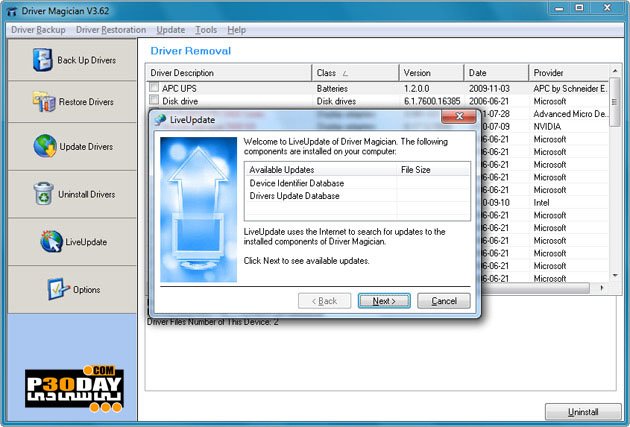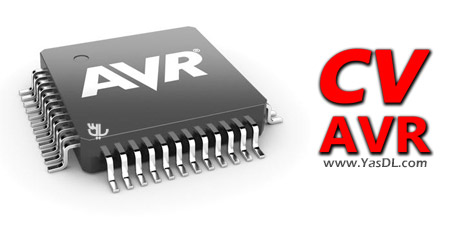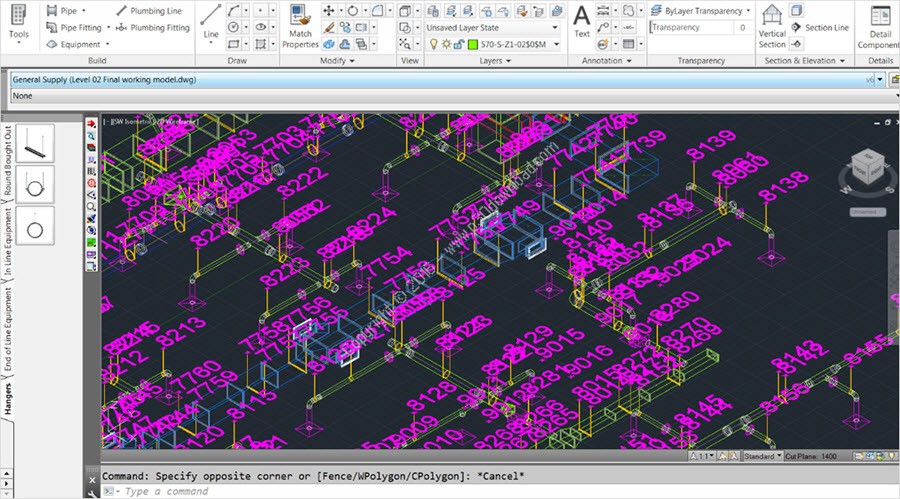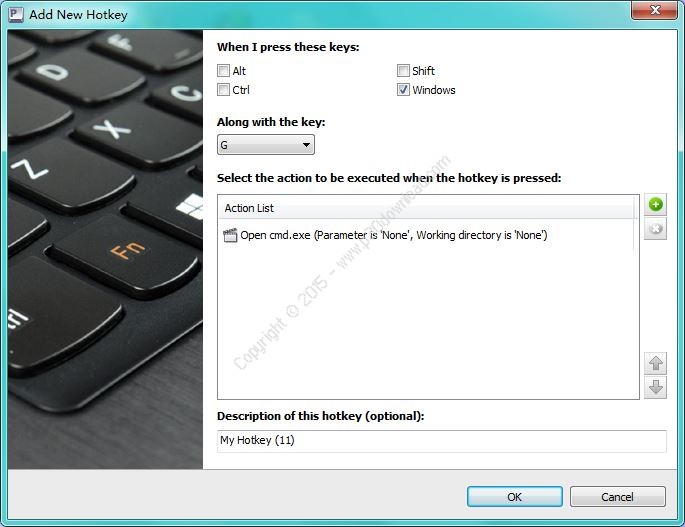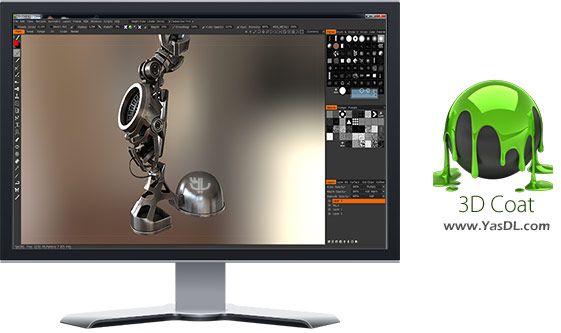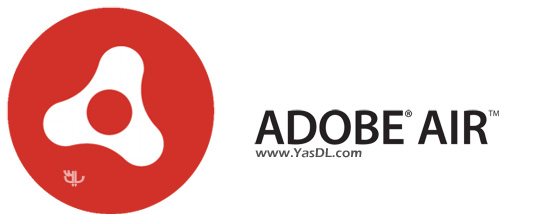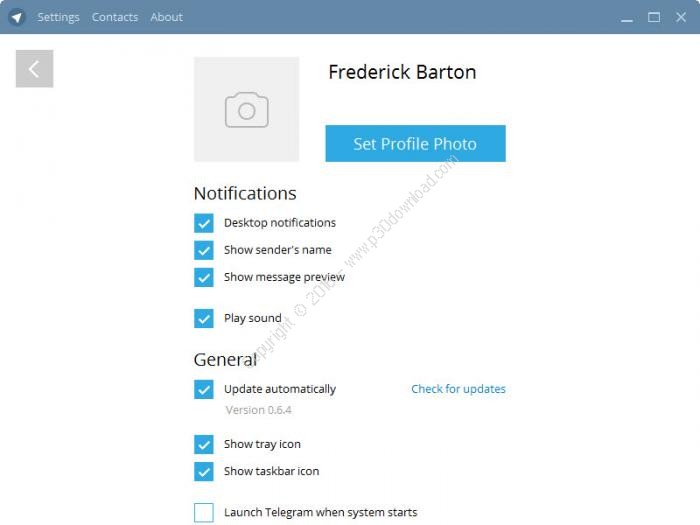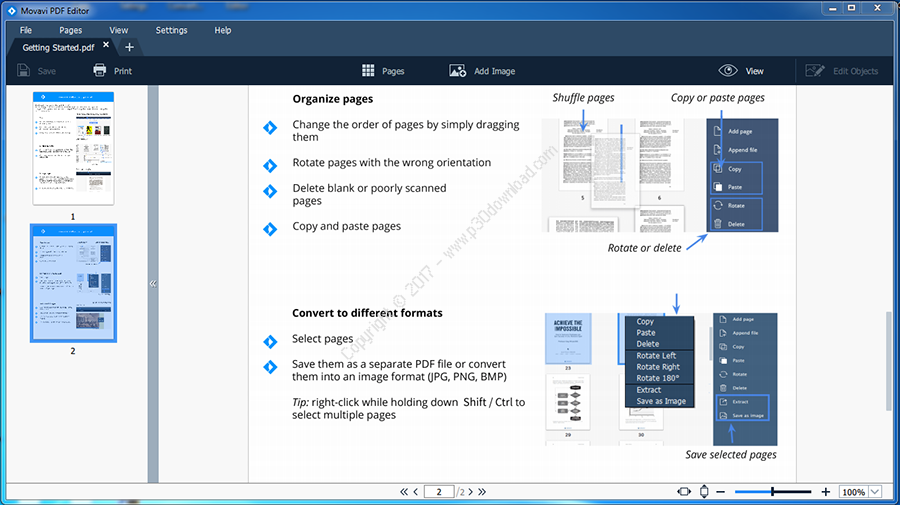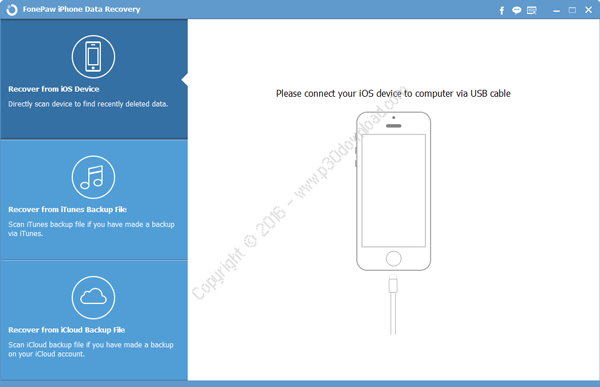Dlubal SHAPE‑THIN determines section propertiesof open and closed thin‑walled cross‑section and performs thestress analysis and plastic design. SHAPE-THIN provides the optionof interface with RFEM and RSTAB: SHAPE‑THIN cross‑sections areavailable in the library of the FEA or frame analysis software, andvice versa, it is possible to import and design the internal forcesfrom RFEM and RSTAB in SHAPE‑THIN. The structural data can beentered graphically, in tables, or by means of a DXF file.
Features:
– Modeling of the cross-section via elements, sections, arcs andpoint elements
– Expandable library of material properties, yield strengths, andlimit stresses
– Section properties of open, closed or non-connectedcross-sections
– Effective properties of cross-sections consisting of differentmaterials
– Determination of weld stresses in fillet welds
– Stress analysis including design of primary and secondarytorsion
– Check of (c/t) ratios
– Effective cross-sections according to
EN 1993-1-5:2006
EN 1999-1-1:2007
DIN 18800-2:1990-11
– Classification according to
EN 1993-1-1:2005
EN 1999-1-1:2007
– Interface with MS Excel to import and export tables
– Printout report
Cross-Section Properties and Stresses
SHAPE-THIN determines the section properties and stresses of anyopen, closed, built-up, or non-connected cross-sections.
Cross-Section Properties
– Cross-sectional area A
– Shear areas Ay, Az, Au, and Av
– Centroid position yS, zS
– Moments of inertia Iy, Iz, Iyz, Iu, Iv, Ip, Ip,M
– Radii of gyration iy, iz, iyz, iu, iv, ip, ip,M
– Inclination of principal axes α
– Cross-section weight G
– Cross-section perimeter U
– Torsional constants J, JSt.Venant, JBredt, Js
– Location of the shear center yM, zM
– Warping constants Iω,S, Iω,M or Iω,D for lateral restraint
– Max/min section moduli Sy, Sz, Su, Sv, Sω,M with locations
– Section ranges ru, rv, rM,u, rM,v
– Reduction factor λM
Plastic Cross-Section Properties
– Axial force Npl,d
– Shear forces Vpl,y,d, Vpl,z,d, Vpl,u,d, Vpl,v,d
– Bending moments Mpl,y,d, Mpl,z,d, Mpl,u,d, Mpl,v,d
– Section moduli Zy, Zz, Zu, Zv
– Shear areas Apl,y, Apl,z, Apl,u, Apl,v
– Position of area bisecting axes fu, fv
– Display of the inertia ellipse
Statical Moments
– First moments of area Qu, Qv, Qy, Qz with location of maxima andspecification of shear flow
– Warping coordinates ωM
– Warping areas Qω,M
– Cell areas Am of closed cross-sections
Stresses
– Normal stresses σx due to axial force, bending moments andwarping bimoment
– Shear stresses τ due to shear forces as well as primary andsecondary torsional moments
– Equivalent stresses σeqv with customizable factor for shearstresses
– Stress ratios, related to limit stresses
– Stresses for element edges or center lines
– Weld stresses in fillet welds
Shear Wall Sections
– Section properties of non-connected cross-sections (cores ofhigh-rise buildings, composite sections)
– Shear wall shear forces due to bending and torsion
Plastic Design
– Plastic capacity design with determination of the enlargementfactor αpl
– Check of the (c/t) ratios following the design methods el-el,el-pl or pl-pl according to DIN 18800
Input
SHAPE-THIN includes an extensive library of rolled andparameterized cross-sections. They can be combined or complementedby new elements. It is possible to model a cross-section consistingof different materials.
Graphical tools and functions allow for modeling complexcross-section shapes in the usual way common for CAD programs. Thegraphical entry provides the option of setting point elements,fillet welds, arcs, parameterized rectangular and circularsections, ellipses, elliptical archs, parabolas, hyperbolas,spline, and NURBS. Alternatively, it is possible to import a DXFfile that is used as the basis for further modeling. You can alsouse guidelines for modeling.
Furthermore, parameterized input allows you to enter model and loaddata in a specific way so they depend on certain variables.
Elements can be divided or attached to other objects graphically.SHAPE-THIN automatically divides the elements and provides for anuninterrupted shear flow by introducing dummy elements. In the caseof dummy elements, you can define a specific thickness to controlthe shear transfer.
Calculation
SHAPE-THIN calculates all relevant cross‑section properties,including plastic limit forces and moments. Overlapping areas areset close to reality. If cross-sections consist of differentmaterials, SHAPE‑THIN determines the effective cross‑sectionproperties with respect to the reference material.
In addition to the elastic stress analysis, you can perform theplastic including interaction of internal forces for anycross‑section shape. The plastic interaction design is carried outaccording to the Simplex Method. You can select the yieldhypothesis according to Tresca or von Mises.
It is possible to calculate the section properties and stresses ofthe effective cross-section according to EN 1993‑1‑1 and EN1993‑1‑5 or EN 1999‑1‑1. Cross‑section classification considers theavailable combination of internal forces.
Optionally, SHAPE‑THIN checks the limit values (c/t) in compliancewith the design methods el‑el, el‑pl or pl‑pl according to DIN18800. The (c/t) zones of elements connected in the same directionare recognized automatically.
Results
All results can be evaluated numerically and graphically anddisplayed in a visualization. Selection functions facilitate thetargeted evaluation.
The printout report corresponds to the high standards of the FEAsoftware RFEM and the frame analysis software RSTAB. Modificationsare updated automatically.
Installer Size: 670 MB
Download Links : Dlubal SHAPE-THIN v8.13.01 x64 + Crack
